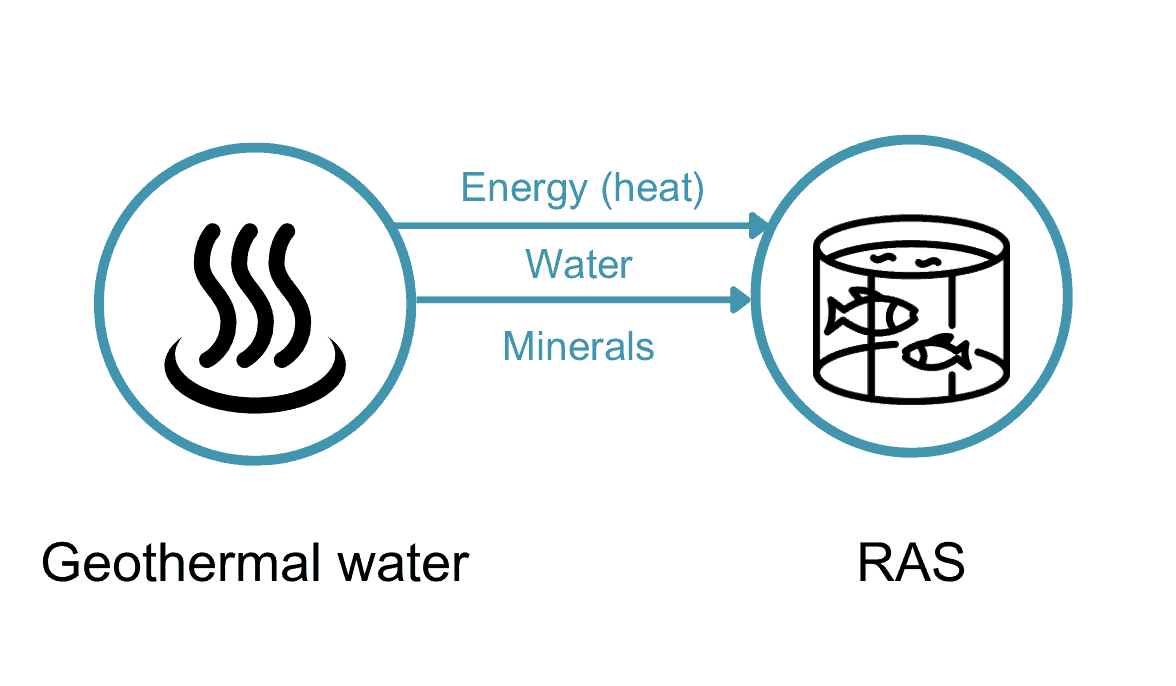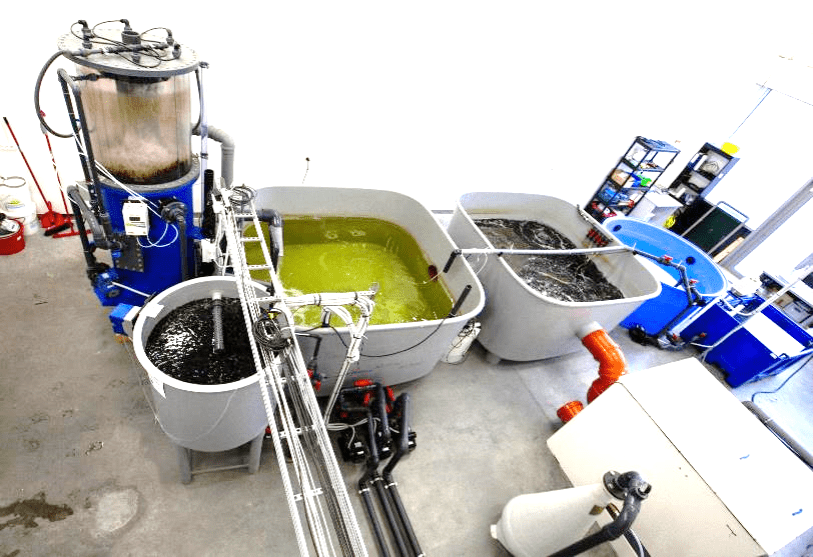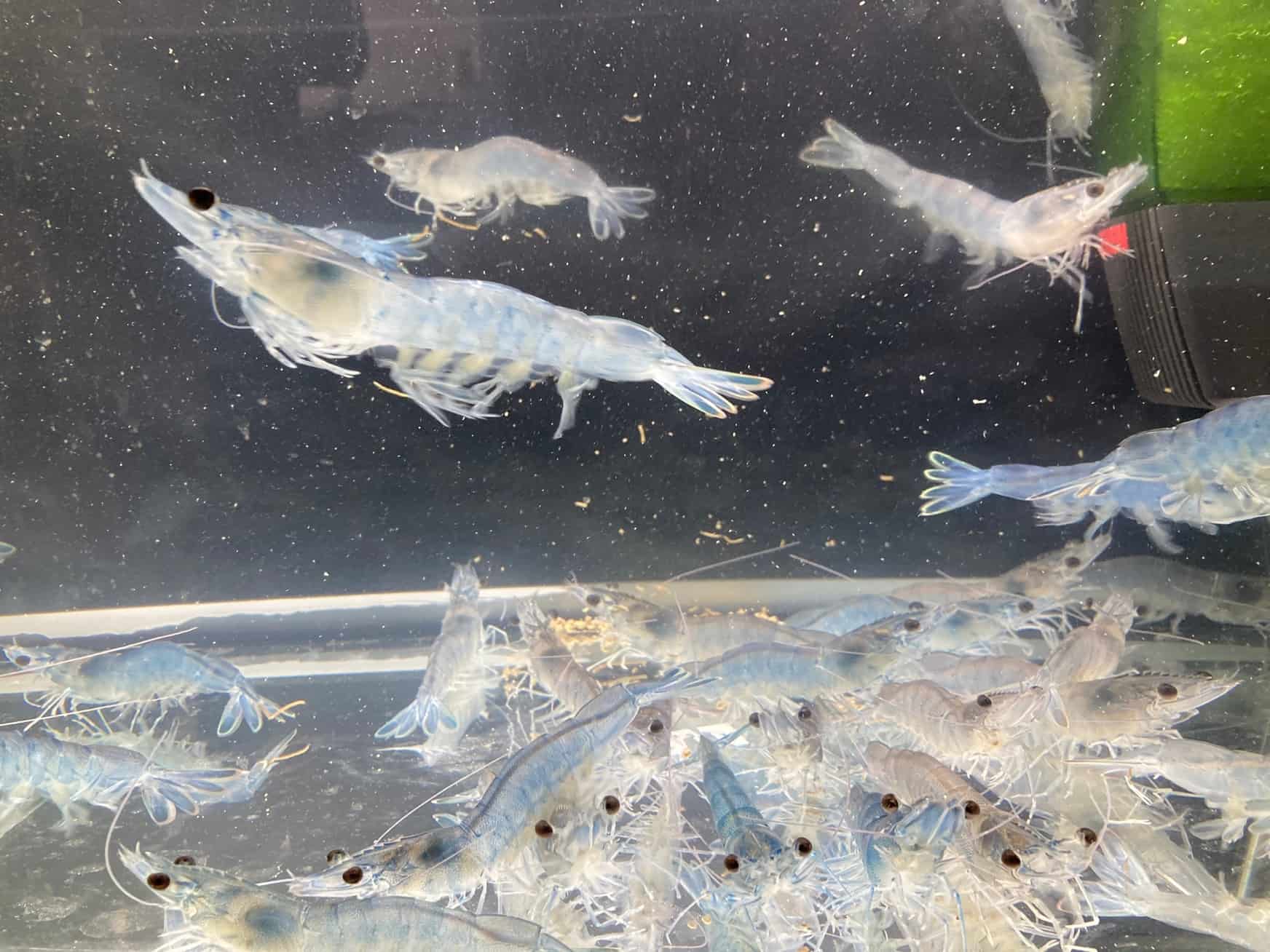
Pilot 2 - Geothermal resources and RAS
26 April 2023
Pilot Owner: Klaipeda University
Location: Klaipeda, Lithuania
Partners involved: Klaipeda Science and Technology Park (LT), Blue Research (DK), University of Gdansk (PL), and Linas Agro Group (LT)yp
Type of symbiosis: water, energy (heat), and nutrients
Keywords: RAS, marine/brackish species, geothermal resources, water treatment, mineralization
Context
RAS technology enables the growth of a diverse range of species, regardless of their location. In Europe, RAS is being used to cultivate warm-water species such as shrimp, offering consumers fresh and high-quality seafood. Another trend in RAS is the inland cultivation of marine species –away from seawater sources– using marine salt mixes to simulate seawater conditions. The use of artificial seawater can constitute a considerable proportion of the production costs.
Geothermal resources can be a valuable source of energy for RAS. Geothermal energy (heat) can be used to heat or cool water in RAS, reducing the energy costs and environmental impact associated with traditional heating and cooling methods. Furthermore, geothermal water is abundant in minerals like Na, Ca, Mg, Cl, and other trace elements. Moreover, geothermal brine closely resembles marine water composition, leading to the question of whether it can be used to replace artificial salt mixes in marine-brackish RAS.
In RAS, operational costs remain a significant challenge. Therefore, reducing production expenses could enhance the economic sustainability of these systems. Pilot 1’s objective is to assess the techno-economic potential of utilizing geothermal resources for the heating and mineralization of marine-brackish RAS.
Aim & Outcomes
The aim is to conduct a feasibility study that explores the techno-economic viability of using geothermal resources for heating and mineralization in large-scale saltwater RAS.
- A report of the evaluation of the biological, economic, and technical aspects of geothermal brine use in RAS and a guideline for its use in RAS systems.
- A business case for large-scale shrimp RAS and geothermal resource application and sustainable water use.
Relevance
Pilot 2 will contribute to generating the knowledge needed for pairing recirculating aquaculture facilities with geothermal resource users, such as geothermal power plants, spas, and other geothermal resource users.
Using geothermal resources in RAS can considerably improve its environmental and economic sustainability by reducing energy consumption and greenhouse gas emissions. Additionally, geothermal energy is a renewable resource not subject to price fluctuations or supply shortages, making it a reliable and cost-effective energy source for RAS.
Contact
Nerijus Nika
nerijus.nika@ku.lt
Interactive map showing pilot locations. Use the arrow keys to move the map view and the zoom controls to zoom in or out. Press the Tab key to navigate between markers. Press Enter or click a marker to view pilot project details.








